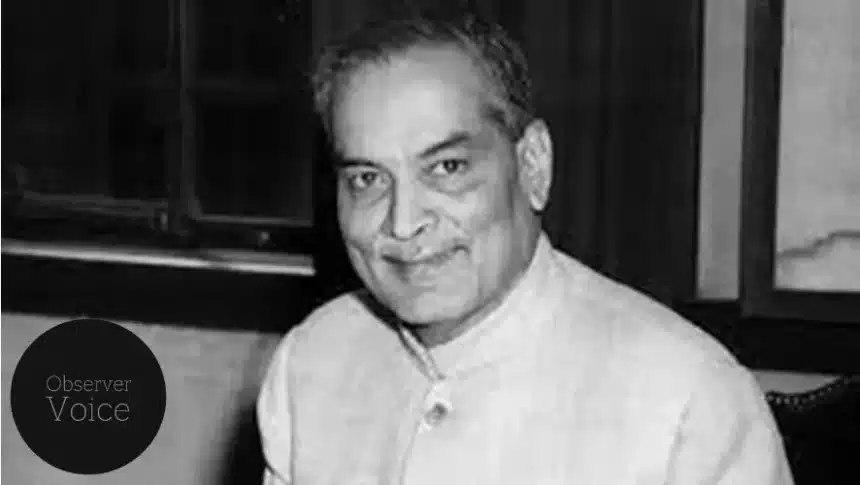Dr. Bidhan Chandra Roy (1 July 1882 – 1 July 1962), an Indian physician, educationist, philanthropist, freedom fighter, and statesman.
Early Life
Dr. Bidhan Chandra Roy was born on 1 July 1882, in Patna, Bihar. In 1897, he completed his matriculation from Patna Collegiate School, and obtained his I.A. degree from Presidency College, Calcutta.
His undergraduate studies were at Patna College, where he earned a B.A. degree with honours in mathematics. He applied to study at the Indian Institute of Engineering Science and Technology and the Calcutta Medical College after finishing his undergraduate studies.
His application was accepted by both Calcutta Medical College and Bengal Engineering College. In 1901, he moved to Calcutta to study medicine at the Calcutta Medical College.
He ran out of money after the first year of medical school since his dad retired. He got a scholarship and lived frugally to manage his money better.
In 1905, when Bengal was partitioned, he was in college. He wanted to join the nationalist movement but decided to become a doctor first so he could serve his country better.
Career
He joined the Provincial Health Service right after graduation. He also worked as a nurse sometimes. He practiced privately in his free time.
Leaving for England in 1909, he traveled to London to pursue higher medical studies at St. Bartholomew’s Hospital. His application was rejected because he was Asian. Refusing to give up, he resubmitted his application 30 more times before he was finally accepted.
He completed both his M.R.C.P. and F.R.C.S. degrees in just over two years, which is incredible. After returning to India in 1911, he started teaching at Calcutta Medical College, and later at Campbell Medical School, and Carmichael Medical College.
He promoted health awareness among people during this time. Over the years, he was involved in medical education and established several specialized hospitals and health centers.
Chittaranjan Seva Sadan (est. 1926) was one of his most important medical centers for women and kids. Later, he opened a center for nursing and social work training for women.
In 1939, he founded the Medical Council of India and became its first president. He served until 1945.
He became the Vice Chancellor of the University of Calcutta in 1942.
Politics
In 1925, he got into politics. He won the Bengal Legislative Council elections from Barrackpore, against the ‘Grand Old Man of Bengal’, Surendranath Banerjee.
In 1928, he played a key role in starting the Indian Medical Association. He served the organization in various roles, including two terms as president. He was also elected to the All-India Congress Committee the same year.
He led the Civil Disobedience Movement in Bengal in 1929, and he got nominated to the Congress Working Committee by Pandit Motilal Nehru later that year.
From 1930 to 31 he served as Alderman of the Calcutta Corporation and in 1933 he became mayor. Under his leadership, the corporation made rapid progress in education, medical facilities, and infrastructure. To help hospitals and charitable dispensaries, he set up a framework.
He was proposed for Chief Minister of West Bengal by the Congress Party after India’s independence. Despite that, he didn’t want to assume office since he was more dedicated to his medical career. He accepted the job in January 1948 at Gandhi’s insistence.
In those days, Bengal was plagued by communal violence, food shortages, unemployment and a lot of refugees from East Pakistan. He brought back Bengal’s law, order, and glory within three years.
Awards
In 1961, he was awarded the Bharat Ratna, India’s highest civilian award.
Death
He died on 1 July 1962, in Kolkata, West Bengal, India.

